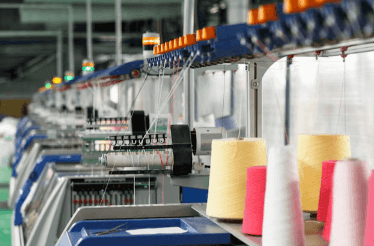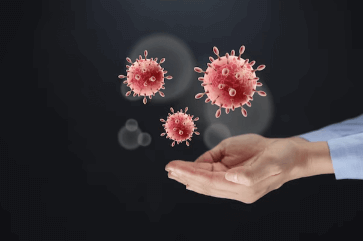Question
a.
CO₂
b.
AMP
c.
ADP
d.
heat
Interact with the Community - Share Your Thoughts
Uncertain About the Answer? Seek Clarification Here.
Understand the Explanation? Include it Here.
Q. Energy that is released from glucose during respiration but not transferred to ATP bonds can be detected as
Similar Questions
Explore Relevant Multiple Choice Questions (MCQs)
Q. Which of the following is involved in energy production?
View solution
Q. Which of the following enzyme does not take part in the TCA cycle?
View solution
Q. The first intermediate in TCA cycle is
View solution
Q. Cholesterol can be synthesized de novo in
View solution
Q. The catabolism of sugars and fatty acids is similar because
View solution
Q. A cyclic electron transport process is the characteristic of
View solution
Q. In oxygenic photosynthesis, the electron donor is
View solution
Q. The followings are the products of the light reactions of photosynthesis except
View solution
Q. The vast majority of the molecules that act as energy carriers to power cellular activities are made in
View solution
Q. Which of the following statements about energy metabolism is false?
View solution
Q. In noncyclic photophosphorylation, the ultimate acceptor of electrons that have been produced from the splitting of water is
View solution
Q. The breakdown of glucose occurs by the process known as
View solution
Q. The manufacture of ATP in both photosynthesis and respiration is made possible by
View solution
Q. The end products of noncyclic photophosphorylation are
View solution
Q. In algae, photosynthesis takes place in
View solution
Q. Which of the following is the reduced form of a temporary electron carrier molecule?
View solution
Q. Which one of the following is a product of both cyclic and noncyclic photophosphorylation?
View solution
Q. Which of the following represents a correct ordering of the events that occur during the respiration of glucose in the absence of O₂?
View solution
Q. The rate of photorespiration in most plants increases at.higher temperatures. Some plants have evolved a somewhat round-about system to deal with this problem. This series of reactions is called
View solution
Q. NADP+ is reduced to NADPH during
View solution
Recommended Subjects
Are you eager to expand your knowledge beyond Biochemistry? We've handpicked a range of related categories that you might find intriguing.
Click on the categories below to discover a wealth of MCQs and enrich your understanding of various subjects. Happy exploring!








